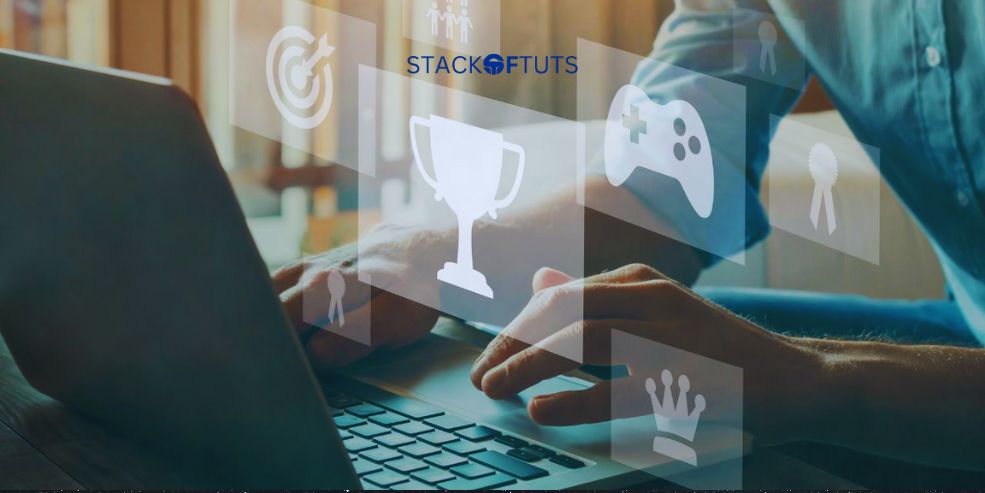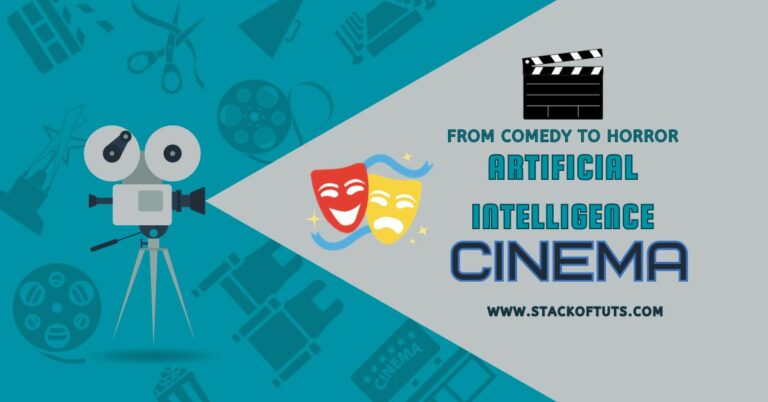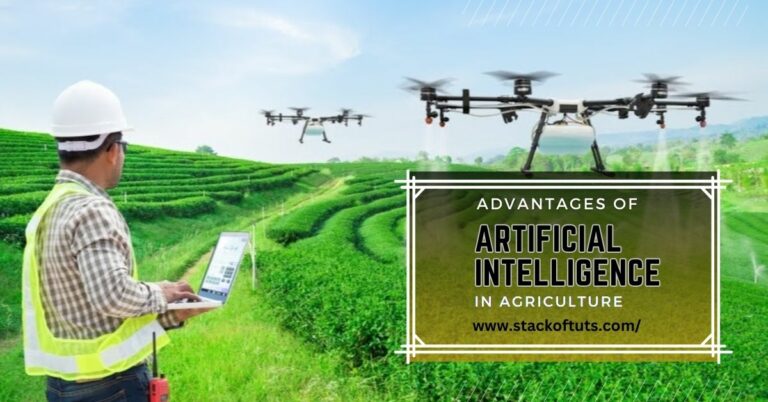
In today’s rapidly evolving digital world, examples of artificial intelligence in teaching and learning are revolutionizing how educators deliver knowledge and how students grasp complex concepts. Artificial intelligence (AI), with its multifaceted applications, promises to enhance the educational experience in numerous ways.
This article delves deep into these applications, giving readers an understanding of AI’s growing role in the academic realm. But first, let’s explore what AI truly is and how it can benefit the education system.
For a complete guide also read about Artificial intelligence used in Education dive into this link for exclusive insights and captivating discoveries!
What is AI?
Artificial intelligence, commonly referred to as AI, represents the capability of a machine to imitate intelligent human behavior. In simpler terms, it’s the science of making machines do things that would typically require human intelligence. This includes problem-solving, pattern recognition, and understanding languages.
Can AI help the education system? How?
Absolutely! AI’s impact on the education system is profound. It’s not about replacing teachers but rather augmenting their capabilities, making education more personalized, interactive, and efficient. Here are some remarkable examples of artificial intelligence in teaching and learning:
1). Personalized Learning

What is it?
Personalized learning leverages AI to tailor educational content and resources to fit each student’s unique learning style, strengths, and weaknesses.
How can it help in education?
Traditional classrooms often adopt a one-size-fits-all approach, which can hinder some students while holding others back. Personalized learning, backed by AI, ensures that every student learns at their own pace. If a student finds algebra challenging, AI systems can offer additional exercises or alternative learning methods, ensuring that no student feels left behind.
2). Intelligent tutoring systems

What is it?
These are AI-powered platforms designed to provide guidance similar to that of a human tutor but in a digital format.
How can it help in education?
Teachers, due to constraints like time and student numbers, can’t always offer individual attention. An intelligent tutoring system fills this gap by offering personalized feedback, helping students recognize their mistakes, and guiding them toward a better understanding.
3). Automating administrative tasks

What is it?
AI can streamline and handle administrative duties that educators often find time-consuming.
How can it help in education?
By taking over tasks such as grading or scheduling, AI allows teachers to redirect their focus from paperwork to their students. This not only makes the teaching process more efficient but also enhances the quality of education students receive.
4). Enhancing Student Engagement with Gamification

What is it?
Gamification involves integrating game elements into educational processes. Combined with AI, these games become adaptive, adjusting to each student’s skill level.
How can it help in education? AI-driven educational games can ensure students remain intrigued and absorbed. Adjusting challenges based on the learner’s proficiency ensures that students are neither bored with tasks that are too easy nor frustrated with ones that are too hard.
5). Real-time Translation Tools

What is it?
AI-backed tools that can instantly translate languages, either spoken or written,
How can it help in education?
In diverse classrooms where students come from different linguistic backgrounds, real-time translation ensures every student can understand the curriculum in their native language, fostering inclusivity.
6). Virtual Reality (VR) and Augmented Reality (AR) for Immersive Learning

What is it?
While VR and AR create virtual and augmented realities, combining them with AI creates an enriched and adaptive immersive learning environment.
How can it help in education?
Imagine history lessons where students can virtually walk through ancient civilizations or science lessons where they can explore the cosmos. AI-powered VR and AR can make learning incredibly engaging and memorable by making subjects interactive and almost tangible.
Resources for learning more about AI in education
Here are some resources for learning more about AI in education:
- Websites and organizations:
- AI in Education, U.S. Department of Education
- AI4K12
- International Society for Technology in Education (ISTE)
- EdSurge
- Courses and tutorials:
- AI for Educators: Coursera
- AI in Education, Stanford Graduate School of Education
- AI for K–12 Educators: TeachAI
- AI for Educators: ISTE
- Books and articles:
- Artificial Intelligence in Education: Promises and Limits, by David Baker
- AI Superpowers: How Artificial Intelligence Drives Innovation and Creates New Jobs, Kai-Fu Lee and Chen Qiufan
- The AI-Powered Enterprise: How Artificial Intelligence is Transforming Business—Thomas Davenport and Analytics
- Podcasts:
- The EdTech Podcast
- The Learning Scientists
- The Tech Edvocate
The Future of AI in Education
The potential for AI in education is vast and largely unexplored. As technology advances, we can expect:
- Continuous Learning and Assessment: AI can monitor a student’s progress in real-time, adjusting the difficulty of tasks and offering resources when a student struggles.
- Data-driven Insights for Educators: AI can analyze classroom interactions and provide teachers with insights on how to improve their teaching methods or identify topics that may need more emphasis.
- Global Classrooms: With AI-driven translators and real-time transcription, students from different parts of the world can learn together, breaking down language barriers.
- Enhanced Accessibility: For students with disabilities, AI can be a game-changer. Visual or hearing-impaired students can use AI-driven tools to engage with content in ways that cater to their specific needs.
FAQs
AI in education refers to the integration of artificial intelligence technologies to personalize, streamline, and enhance teaching and learning experiences.
AI analyzes individual student performance and tailors educational content to fit their specific learning styles and paces.
While AI can assist in various educational tasks, the human touch, empathy, and understanding offered by educators remain irreplaceable. AI is a tool to aid, not replace.
While AI offers many benefits, it’s essential to ensure data privacy, ethical usage, and unbiased algorithms in an educational setting. Proper guidelines and regulations can ensure AI-driven education is both effective and safe.
Conclusion
In conclusion, the examples of artificial intelligence in teaching and learning highlight the limitless potential AI holds for the academic world. From personalized learning experiences to breaking down language barriers, AI stands at the forefront of the next educational revolution, making learning more accessible, enjoyable, and effective for everyone.
Thanks!





